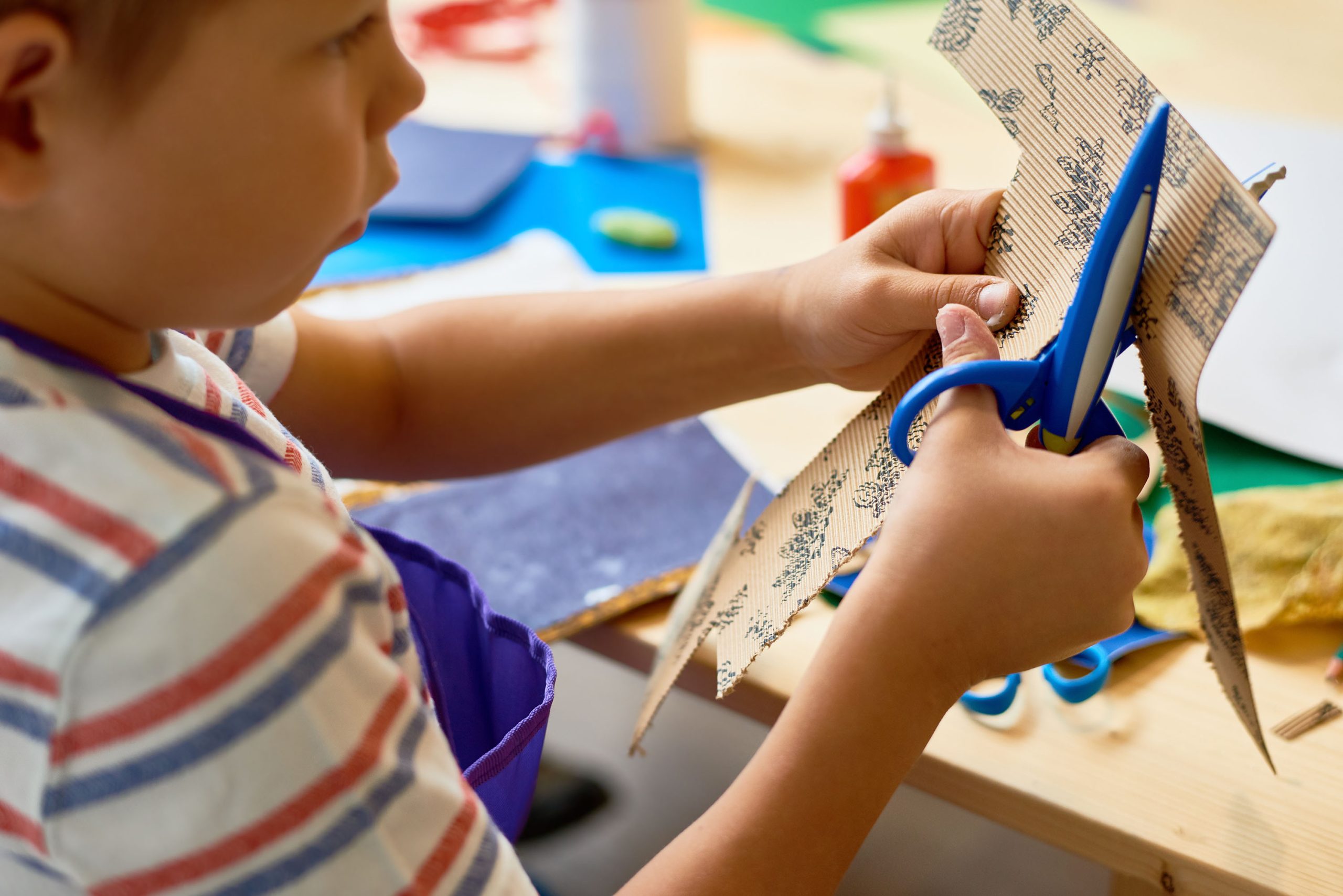Today we got the final verdict from our 8-year-old’s paediatrician: he diagnosed Level 2 Autism Spectrum Disorder (ASD) and Oppositional Defiant Disorder (ODD). As he began filling out forms to provide to NDIS and Centrelink, I quietly rejoiced.
Something is off
I first noticed something was off when our firstborn was around 15 months old. She began to have emotional episodes that seemed more irrational and more over-the-top than those of a typical toddler. Of course, most people will agree that toddlers are generally prone to such outbursts, and that was what I was told when I tried raising my concerns with family or our Maternal and Child Health Nurse (MCHN). As she grew older, however, these episodes became more pronounced. It became a daily battle: the screaming, the crying, the way she would react to any frustration or disappointment, the embarrassment I felt when this happened in public, the exhaustion of managing her behaviour, physically containing her when necessary. I began to struggle to enjoy her, as a parent. Every day was simply a matter of gritting my teeth and trying to survive, mentally and emotionally.
Masking the problem
What made things even more perplexing was that these troubles never surfaced at daycare, kinder or later, at school. The most her educators ever saw of the difficulties we faced were some rough drop offs where she would become distraught and cling to me, needing to be physically held by an educator while I nicked off. Her ability to mask her feelings and get along with others was always exemplary. This made it seem like maybe the problem was simply with us, her parents.
S.O.S
I didn’t stop seeking help for our home struggles, however. The MCHN, a (frankly useless) paediatrician, Family Services, a series of parenting programs. The advice was pretty uniform across the board: set and enforce boundaries, talk about feelings. But enforcing those boundaries required more energy than I had to give (especially as we had our second child, 2 years younger, to care for as well) and when I tried to talk about feelings – even in a calm moment – it made her wildly angry and uncomfortable. Still nobody understood the intensity of her meltdowns, and the advice, while suitable for a regular child, just didn’t seem to cut it for our feisty lass.
Near the end of 2021 I took her to see a child psychologist. A few months later I caught up with the psychologist, who shared her view that our child showed signs of having autism. “It can present differently in girls,” she explained, and listed the things she had noticed. I could have cried: just to have that validation of someone else saying “I see what you see” was such a relief. And from there we were able to make a plan which has today resulted in the diagnosis of ASD and ODD.
Rewriting the future, diagnosis in hand
I am aware that there are many parents who would find such a diagnosis upsetting, disappointing, frightening, or who would actually avoid the diagnostic process altogether because “that’s just who my child is.” Personally, I’ve fought for this diagnosis tooth and nail because it means we can finally begin to understand how our daughter functions and, importantly, get the NDIS funding needed so that we can access services to help her. The paediatrician has recommended ongoing psychology sessions, speech therapy, OT and a social skills group. While we’ve made the sacrifice in our limited budget to attend the psychology sessions so far, we have not been able to afford any further services in the past.
The other benefit is that we can now explain to others (for example, her school teachers) some of her struggles. For example, while she masks her feelings at school, she often has big feelings that she doesn’t feel she can express. Those get unleashed full force on us when we pick her up from school. One of the tools her psychologist has helped us implement is a communications book where she can write down how she’s feeling for her teacher to read. As she continues to grow, we’ll have the language and understanding to continue to help her tackle challenges as they arise with the help of supports like teachers.
Some of the symptoms of ASD that have been noticed by ourselves and others include:
- Strong imagination (had a very ‘real’ imaginary friend)
- Tendency to be controlling when playing with other children
- Poor eye contact with people outside of immediate family
- Prefers not to be cuddled unless she initiates affection
- Difficulty processing and following directions (prominent around age 4-5)
- Difficulty identifying and expressing emotions
- Difficulty with change in activity (eg leaving the playground)
- Sensitive to sounds, smells, touch
- Poor balance, fine and gross motor skills





